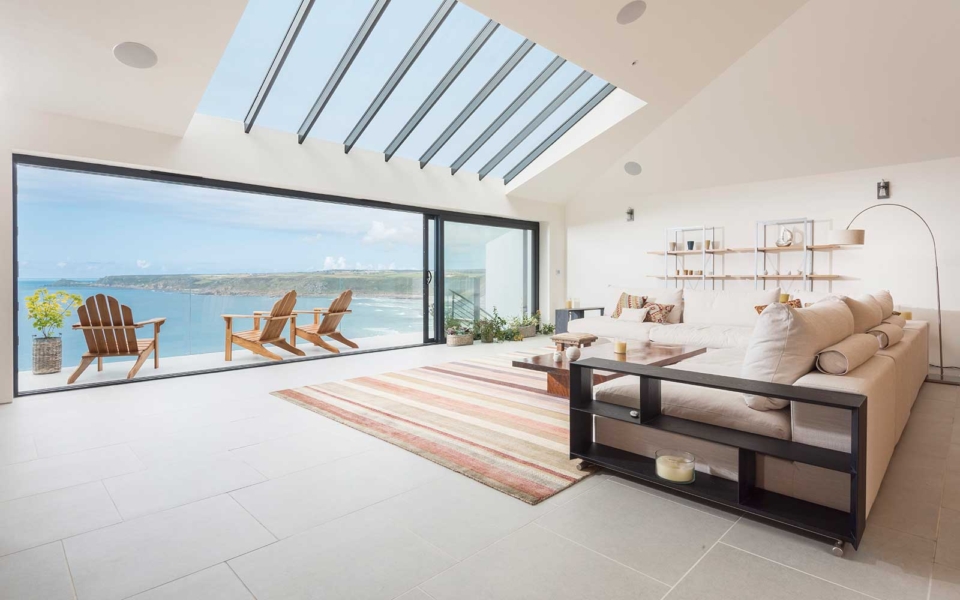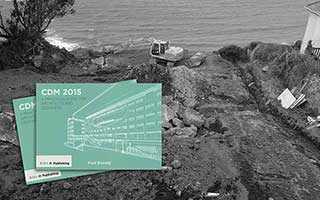The Construction (Design and Management) Regulations 2015 came into effect in April 2015, following a lengthy consultation process, and replacing CDM 2007.
The HSE has published Legal Series guidance supporting CDM 2015 and explains it in more detail.
The key changes to note are:
Removal of the CDMC role and the introduction of a new role of the Principal Designer:
The 2015 CDM Regulations saw the introduction of a new role of Principal Designer. The Principal Designer will undertake the majority of duties of what was the CDM Coordinator, although the client will be responsible for collating relevant pre-construction information and making sure it’s communicated to all roles. The role of Principal Designer could be an organisation providing the Principal Designer role, the architect, client’s agent, or a project manager.
Domestic clients (homeowners) are no longer exempt:
The 2015 CDM Regulations apply to domestic client projects (ie homeowners having construction work carried out on their property). However, domestic clients can choose to transfer their duties to the contractor or principal contractor (if more than one contractor is working on the project).
Alternatively, the homeowner may choose to have a written agreement with a Principal Designer to fulfill the duties.
Removal of the Approved Code of Practice (ACOP):
The HSE has published guidance which replaces the requirement for an Approved Code of Practice. In addition, CONIAC (Construction Industry Advisory Committee) has issued a set of industry guidelines for each of the roles under the 2015 Regulations.
Threshold for Notification Amended:
The 2015 Regulations have been aligned with EU legislation requiring notification to the HSE whenever a project is expected to last more than 30 working days and more than 20 workers simultaneously.
Appointment of Duty Holders (Principal Designer & Principal Contractor):
As soon as is practicable, the client must formally appoint a Principal Designer and Principal Contractor respectively when there is, or will be, more than one contractor on site, and, in any event, before the start of the construction phase.
Replacement of the competency requirements:
Under the 2015 Regulations, the explicit competence requirements have been removed and replaced with a requirement for appropriate skills, knowledge and experience.
Please contact Jason Pledger to discuss the regulations further, or if you would like us to provide you with a scope of work and a fee estimate for acting as the Principal Designer.














































